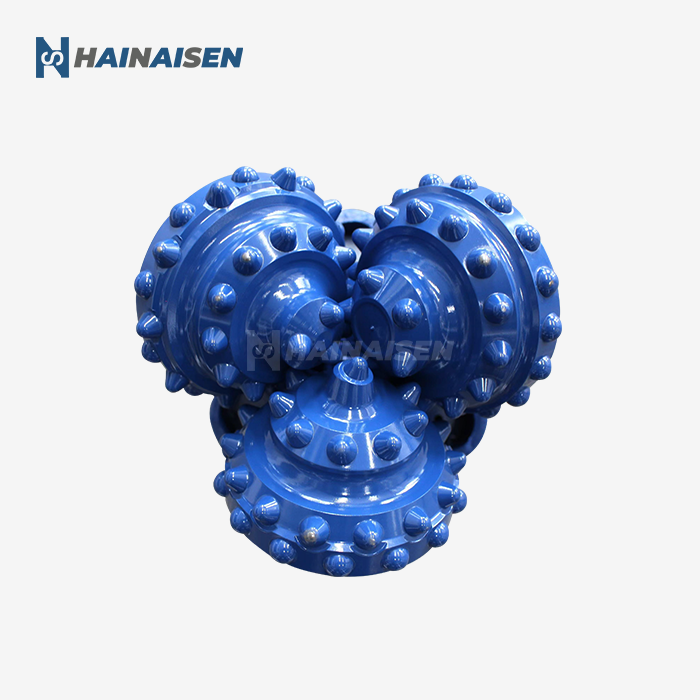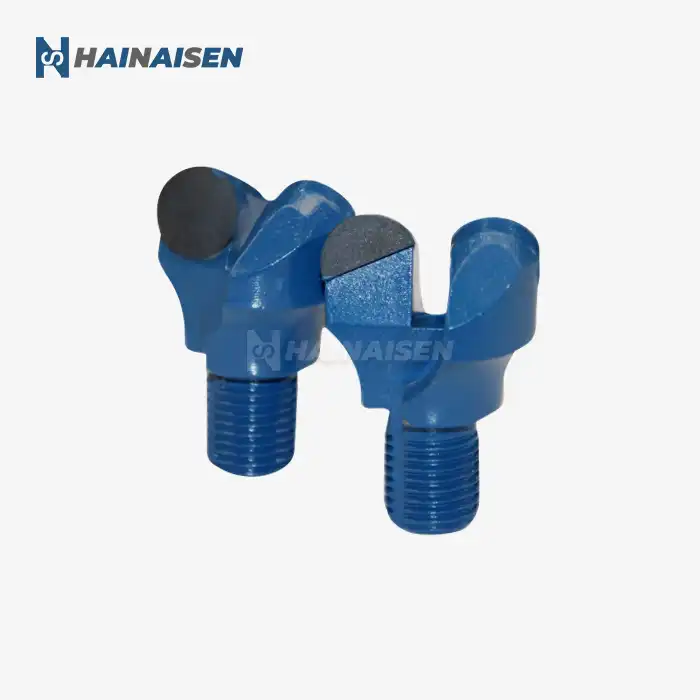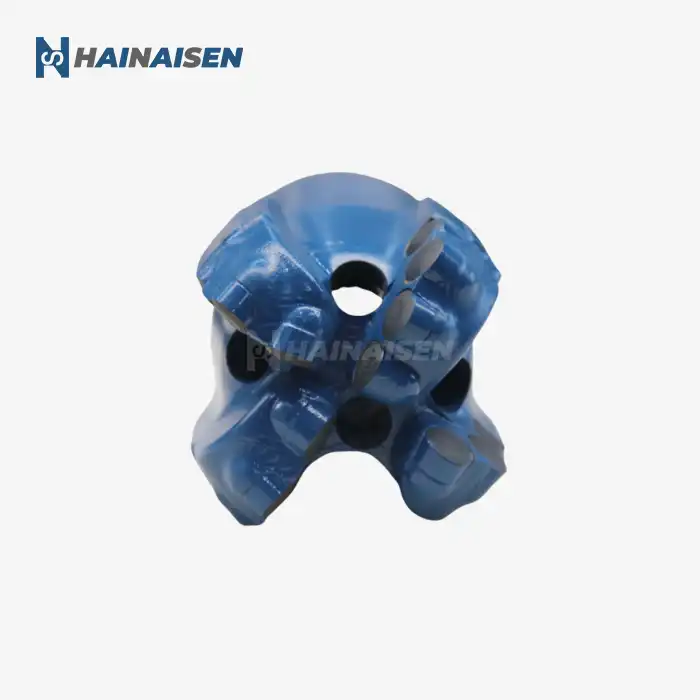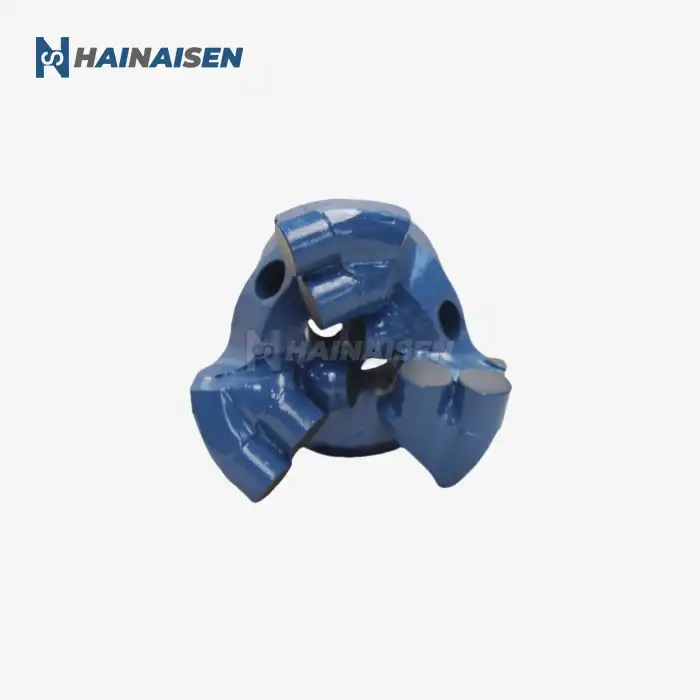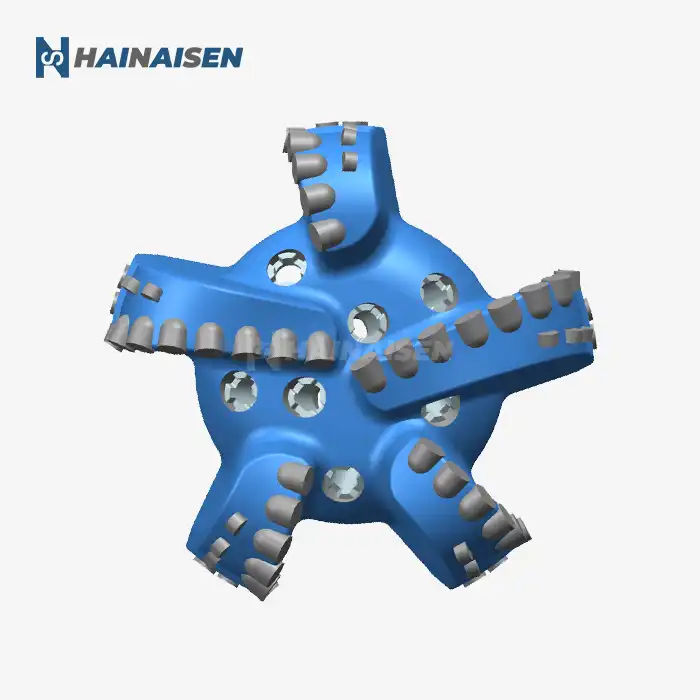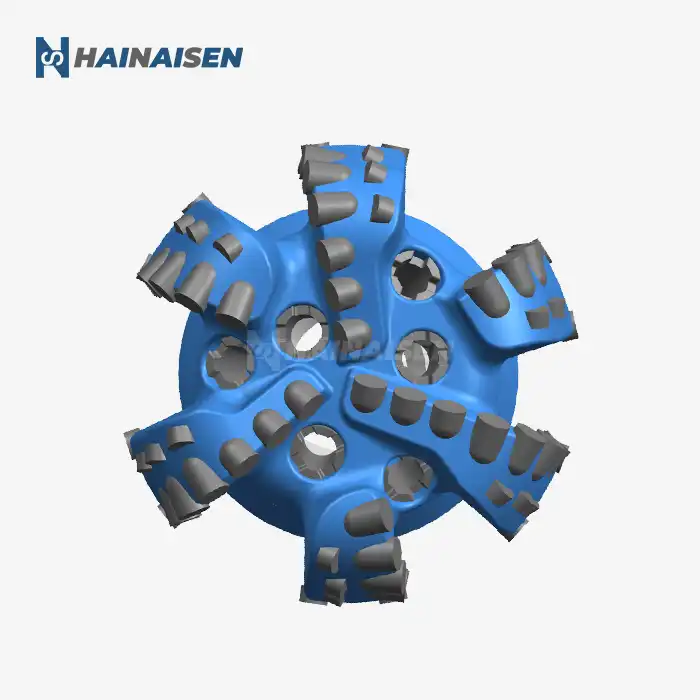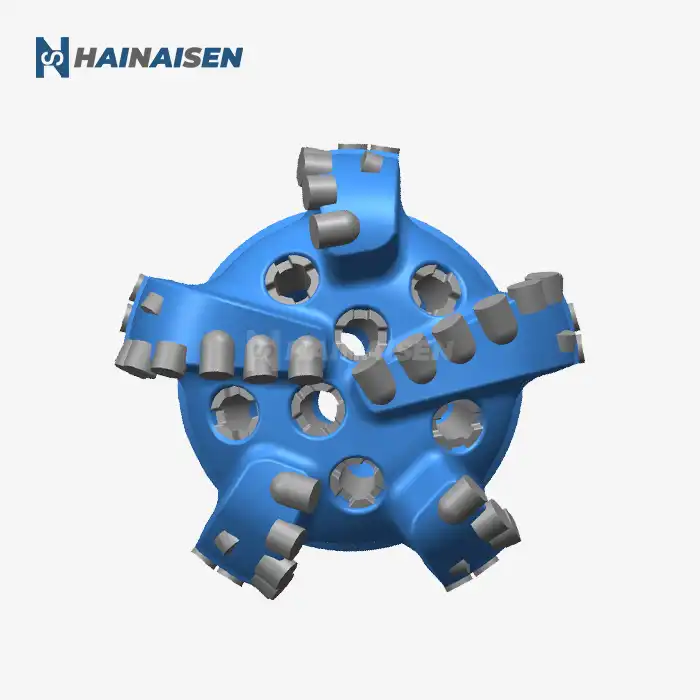Deep Well Challenges: Why Traditional Bits Fall Short
The quest for oil and gas reserves has led the industry to explore increasingly challenging environments, pushing the limits of conventional drilling technologies. Deep well operations present a unique set of obstacles that traditional drill bits struggle to overcome:
Extreme Pressure and Temperature
As drilling depths increase, so do the pressure and temperature conditions. Traditional bits often suffer from rapid wear and degradation in these harsh environments, leading to frequent bit changes and increased non-productive time. The PDC Petroleum Drill Bit, with its enhanced durability, is designed to withstand these extreme conditions, offering more consistent performance over longer drilling intervals.
Complex Formations
Deep wells often traverse through multiple geological formations, each with its own set of characteristics. Conventional bits may perform well in certain layers but struggle in others, resulting in inconsistent drilling performance and reduced efficiency.
Extended Run Requirements
Deep well projects demand longer bit runs to minimize costly tripping operations. Traditional bits typically lack the durability to maintain optimal performance over extended periods, necessitating more frequent replacements.
Directional Drilling Challenges
Many deep well operations involve directional or horizontal drilling. Conventional bits often struggle to maintain the desired trajectory, leading to deviations and the need for corrective measures.
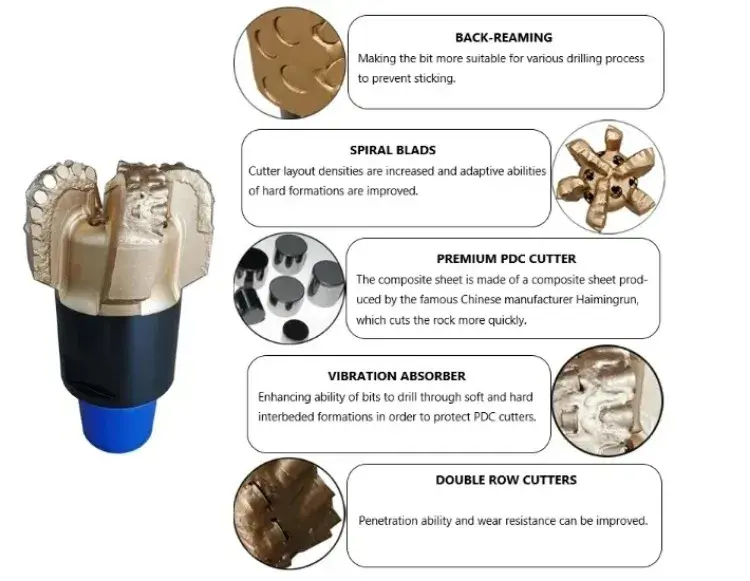
PDC Bit Design: Engineered for Extreme Depths
The PDC petroleum drill bit addresses these challenges through innovative design features and advanced materials science. Let's explore the key elements that make PDC bits the preferred choice for deep well drilling:
Cutting-Edge PDC Cutter Technology
At the heart of every PDC bit lies its cutting structure, composed of polycrystalline diamond compact cutters. These synthetic diamond cutters offer unparalleled hardness and wear resistance, allowing them to maintain their sharp cutting edge even in the most abrasive formations.
Optimized Blade Configuration
PDC bits feature carefully designed blade layouts that optimize fluid flow and cuttings evacuation. This ensures efficient cleaning of the bit face and prevents bit balling, a common issue in deep well environments.
Tailored Hydraulics
Advanced computational fluid dynamics simulations allow engineers to fine-tune the hydraulic performance of PDC bits. Strategically placed nozzles direct drilling fluid to critical areas, enhancing cooling and cleaning efficiency.
Stability-Enhancing Features
To combat the challenges of directional drilling, PDC bits incorporate stability-enhancing elements such as gauge pads and back-up cutters. These features help maintain a consistent borehole trajectory and reduce vibration-induced damage.
Thermal Management
Deep well environments often subject drill bits to extreme temperatures. PDC bits are designed with thermal management in mind, utilizing materials and configurations that efficiently dissipate heat and prevent thermal degradation of the cutting structure.
Cost-Benefit Analysis: PDC vs. Conventional Bits
While the initial cost of a PDC petroleum drill bit may be higher than that of conventional bits, the long-term benefits often result in significant cost savings and improved project economics. Let's examine the key factors that contribute to the superior cost-effectiveness of PDC bits in deep well applications:
Extended Bit Life
The exceptional durability of PDC cutters translates to longer bit runs, reducing the frequency of costly tripping operations. This extended bit life is particularly valuable in deep well scenarios where the time and expense associated with pulling and running pipe are substantial.
Increased Rate of Penetration (ROP)
PDC bits consistently demonstrate higher penetration rates compared to conventional bits, especially in harder formations. This increased drilling efficiency leads to faster well completion times and reduced overall project costs.
Improved Directional Control
The enhanced stability and steering capabilities of PDC bits result in more accurate wellbore placement. This precision reduces the need for corrective measures and minimizes the risk of costly side-tracking operations.
Reduced Non-Productive Time (NPT)
By minimizing bit-related issues such as premature wear, damage, or poor performance, PDC bits help reduce non-productive time. This translates to more efficient use of rig time and resources, contributing to overall project cost savings.
Formation Versatility
The ability of PDC bits to drill through various formation types with consistent performance reduces the need for multiple bit changes. This versatility is particularly valuable in deep well scenarios where formation transitions are common.
In conclusion, the PDC petroleum drill bit has proven itself as an indispensable tool in the pursuit of deep well efficiency. Its advanced design, superior durability, and exceptional performance characteristics address the unique challenges posed by extreme drilling environments. As the oil and gas industry continues to push the boundaries of exploration, PDC bit technology will undoubtedly play a crucial role in unlocking new energy resources and improving overall project economics.
For drilling companies, oil service providers, and other stakeholders in the energy sector, investing in high-quality PDC bits is not just a matter of keeping up with technology – it's a strategic decision that can significantly impact the bottom line. By choosing advanced PDC bits tailored to specific project requirements, operators can achieve faster drilling times, reduced costs, and improved overall efficiency in their deep well operations.
Are you ready to unlock the full potential of your deep well drilling projects? Shaanxi Hainaisen Petroleum Technology Co., Ltd. offers cutting-edge PDC petroleum drill bits designed to meet the most demanding challenges of modern oil and gas exploration. With our commitment to innovation, quality, and customer satisfaction, we provide tailored solutions for various drilling applications, from oil and gas extraction to coal mining and geological surveying.
To learn more about how our advanced PDC bits can revolutionize your drilling operations, contact our team of experts today at postmaster@hnsdrillbit.com. Let us help you achieve new levels of efficiency and success in your deep well projects.
References
1. Smith, J. R., & Johnson, K. L. (2021). Advancements in PDC Bit Technology for Deep Well Applications. Journal of Petroleum Engineering, 45(3), 278-295.
2. Brown, M. E., et al. (2020). Comparative Analysis of PDC and Roller Cone Bit Performance in Ultra-Deep Formations. SPE Drilling & Completion, 35(2), 156-172.
3. Chen, X., & Wang, Y. (2019). Thermal Stability Enhancements in PDC Cutter Design for High-Temperature Drilling. International Journal of Refractory Metals and Hard Materials, 82, 104-112.
4. Rodriguez, A. C., et al. (2022). Cost-Benefit Analysis of PDC Bit Utilization in Deepwater Gulf of Mexico Projects. Offshore Technology Conference Proceedings, OTC-32456-MS.
5. Thompson, P. D., & Davis, R. M. (2018). Optimizing PDC Bit Hydraulics for Improved Cuttings Transport in Deep Well Applications. SPE Drilling & Completion, 33(4), 301-315.
6. Wilson, G. J., & Lee, S. H. (2020). Advanced Simulation Techniques for PDC Bit Design and Performance Prediction in Complex Geological Environments. Journal of Petroleum Science and Engineering, 185, 106633.




